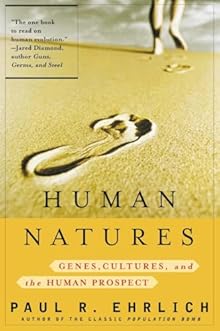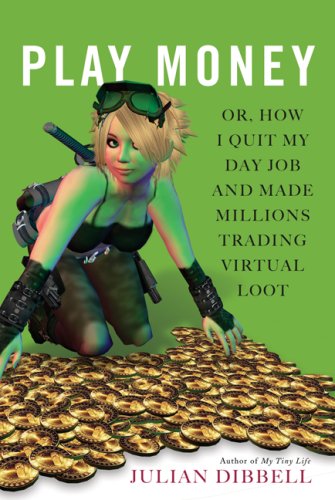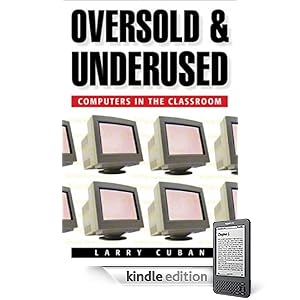In order to see where we’re going, we need to understand where we’ve been; this is a central message in the two books by Jared Diamond and Paul Ehrlich.
Guns, Germs, and Steel examines human history and explains how different societies from around the world progressed in different places at different paces.
Human Natures: Genes, Cultures, and the Human Prospect takes a long evolutionary view and seeks to steer us on to a more earth-friendly course to the future.
Guns, Germs, and Steel is framed around the questions of a New Zealander acquaintance of author Jared Diamond. Yali wants to know why Diamond’s culture has so much more cargo: “Why is it that you white people developed so much cargo and brought it to New Guinea, but we black people had little cargo of our own?” Diamond’s book is devoted to answering Yali’s question. Early in the book he states: “the strongest argument for writing the book is to combat racism.” Diamond has great respect for the native New Guineans, and even gives reasons why he considers them a more intelligent people than Western culture. By answering Yali’s question he is refuting racist arguments and assumptions that are still common in our society today.
A long time ago environmental factors influenced whether humans would be farmers or herders. It turned out that this distinction accounted for a big difference. Farmers developed agriculture, which supported more people per acre. This in turn led to food surpluses which then allowed for specialization in society – some members of the population could be artisans, others warriors, weapons makers, or scribes. Additionally domestication of animals allowed for eventual immunity to the germs that would wipe out entire nations of indigenous peoples in many areas that we now refer to as Third World countries. All of this explains, for example, how Pizarro’s band of 168 Spaniards conquered a foe 500 times its size. They had the advantage of steel, germs, and writing. Diamond concludes: “The striking differences in the long-term histories of peoples is not due to innate differences in the people themselves but to differences in their environments.”
Two of the most significant reasons explaining the ability of some cultures to conquer other peoples are attributed to the continental differences in the wild plant and animal species available for domestication, and the rates of continental diffusion, which facilitated the dissemination of important innovations like technology and writing. The factors that allowed for successful domestication led to denser populations, which in turn allowed for innovation and diffusion of new technologies and ideas. Throughout history societies that had these advantages have conquered those that didn’t. In the end Diamond shows that there’s not racial superiority in human cultures, just that more fortuitous circumstances for some led to domination over others.
The most personally relevant point in Diamond’s book is his belief that native peoples are actually more intelligent than Westerners. What that means for me as an educator is that the more my students and I connect with people from other cultures via the Internet, the more we have to learn from all peoples, not just those from the West. It’s optimistic but my hope is that the Internet can foster learning exchanges from all peoples of the world, since it’s clear from both books that we as a species have a lot to learn.
While Diamond’s point is an important one, I actually found many more points in Ehrlich’s book that are personally relevant to my role as an educator and as a human. All these connections are ultimately due to one cause – the difficulty of humans as small-group animals to come to grips to the global impact of our actions.

Ehrlich is also interested in the large sweep of the human enterprise, and begins in a similar vein. In fact both writers rail against the evils of racism; Diamond to refute racial superiority theories and Ehrlich to cite racism as one of the hurdles facing our cultural evolution. Ehrlich begins his book by stating that there is no such thing as just one “human nature.” The skills and adaptations needed to navigate the savanna, for instance, differed from those needed to be successful in a deciduous forest. Still Ehrlich notes that despite our many differences in our genetic evolution, all humans share the common similarity of being small-group animals. The author asserts that this background hinders our progress as we increasingly impact the world: “We have barely begun to solve the problem with which cultural evolution has presented us: how to live in large groups, perpetually intensifying our activities, creating technologies few of us can understand and even fewer can control, without sowing the seeds of our own destruction.”
Ehrlich’s warnings are clear about the ways humans are negatively impacting the world: “There’s no controversy about the damage modern states are inflicting on the environment... Multinational corporations seldom have any strong connection to a particular nation ... their interest is above all in global profitability ... the UN and IPCC have not gained significant regulatory control over the way human beings treat one another and their rapidly deteriorating life support systems....” The ever-increasing power of multinational corporations and the inability to regulate them has been made clear in recent movies like Food Inc. and Tapped that detail how corporations are taking control of our food sources and our water with very little governmental oversight.
This scenario could portend a depressing future if Ehrlich had ended there. But he does provide hope. He argues that since we’ve solved imposing social problems in the past, we can do it again. “The potential for conscious evolution exists,” he says, “is patent in the great social movements that societies have already experienced: the abolition of slavery, the trend toward democratic governments and individual expression, innovation over position, the labor movement, the civil rights movement, the environmental movement.”
So how do we get there? How do we as educators facilitate this “conscious evolution”? One key is how we teach our students to use technology wisely and for the common good: “The capacity to develop ethics is a product of biological evolution, the ability to anticipate the consequences of one’s actions, a critical capacity for empathy, a capability to internalize the moral standards of society and make value judgments, and free will. The products of that ethical capacity – the ethics, morals, and norms of a society – are the result of cultural evolution.”
Ultimately it’s about how we help our students foster empathy by cultivating the conscious evolution from a small group animal to one with a global consciousness is through establishing relationships with other cultures via the world wide web. Ehrlich states that “human beings have evolved some limits to the arousal of empathy.... the urge is particularly strong when the victims are depicted as individuals with whom one can identify rather than as anonymous individuals....”
Clearly one way is to help students forge connections with other cultures, so that the youth of these cultures can engage in meaningful and productive ways. Once students aren’t anonymous to each other, empathy soon follows. For example, I’ve personally seen this happen when my students collaborated with Inuit students in the Marshall School on the Yukon river in Alaska (here’s
a link to a podcast that documents the teachers’ collaboration and here’s a link to our
shared WikiSpaces page). My students learned how climate change is profoundly affecting the lives of their peers in Alaska, and came away with a much more personal view of this global issue. Meaningful connections like these can go a long way toward a conscious evolution.
Yet just making these connections doesn’t necessarily lead to changes in behavior. Ehrlich warns that repeated exposure to global issues, without opportunities to take action, can also lead to habituation. For instance, I’ve been involved in a collaboration with other teachers this fall on the site
Voices on the Gulf. In an except from a recent dialogue on the site, Emily, one of my students responds to a post:
However, now that we're after the fact, we can all make conscious decisions to rehabilitate and renew the Gulf. What those actions would be, I don't know--I'm in agreement with the author on this post that BP has failed to offer any real specifics as to what they're doing to fix the situation. But give me something to do in order to help, and I will do it.
Our students know that there are problems of a global scale out there and they have the ability to connect with their peers from around the globe, but they also need to learn how to critically examine information so that they can act on knowledge and facts. This call to action by Ehrlich, coupled with Diamond’s belief in the underappreciated wisdom of native peoples makes a compelling case for fostering inclusive world-wide learning networks to deal with the global problems we’ve created.











